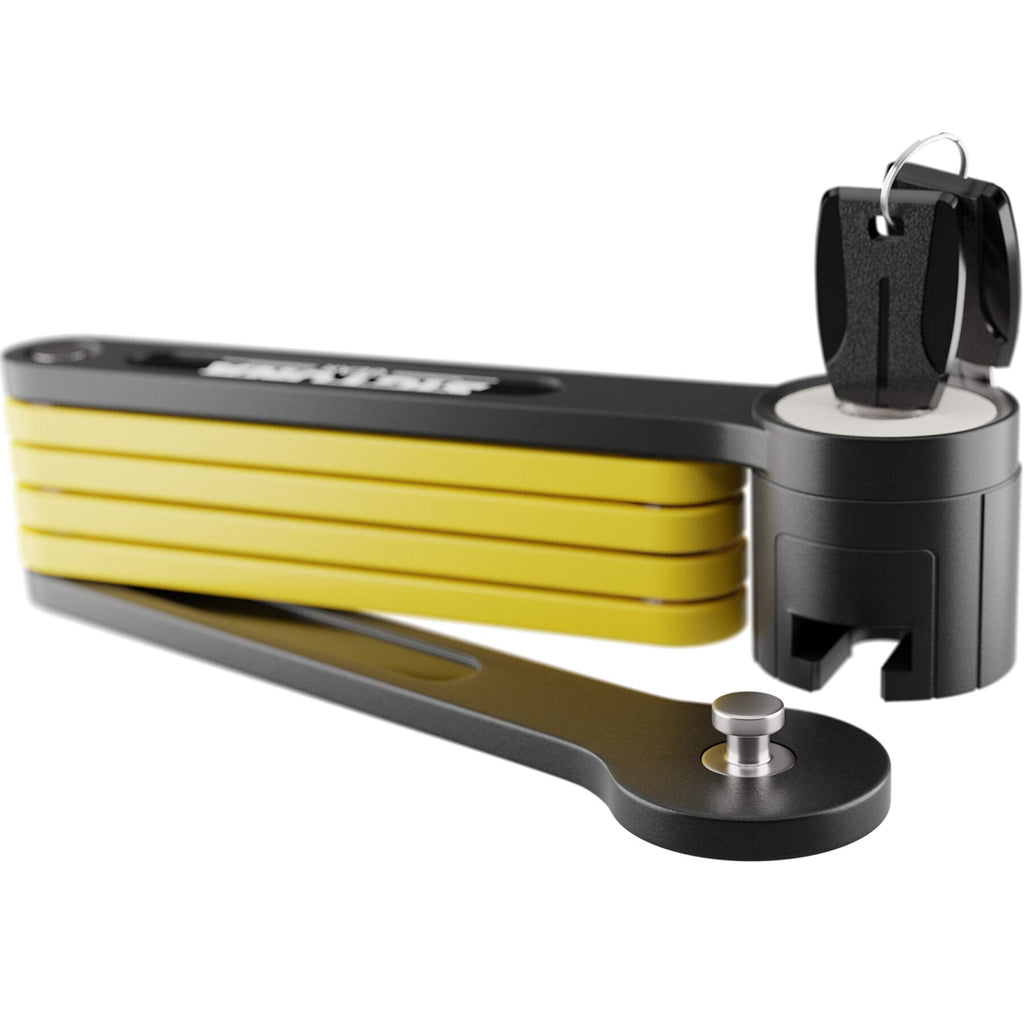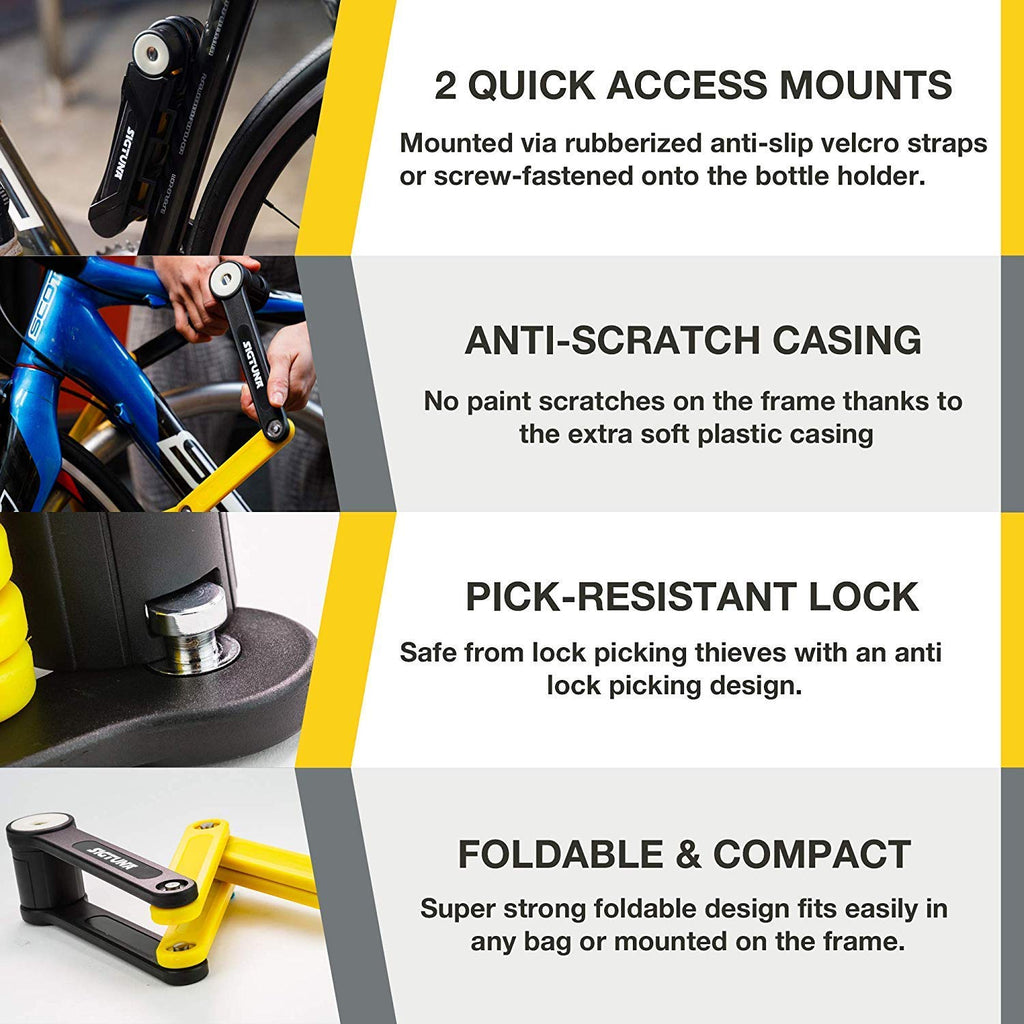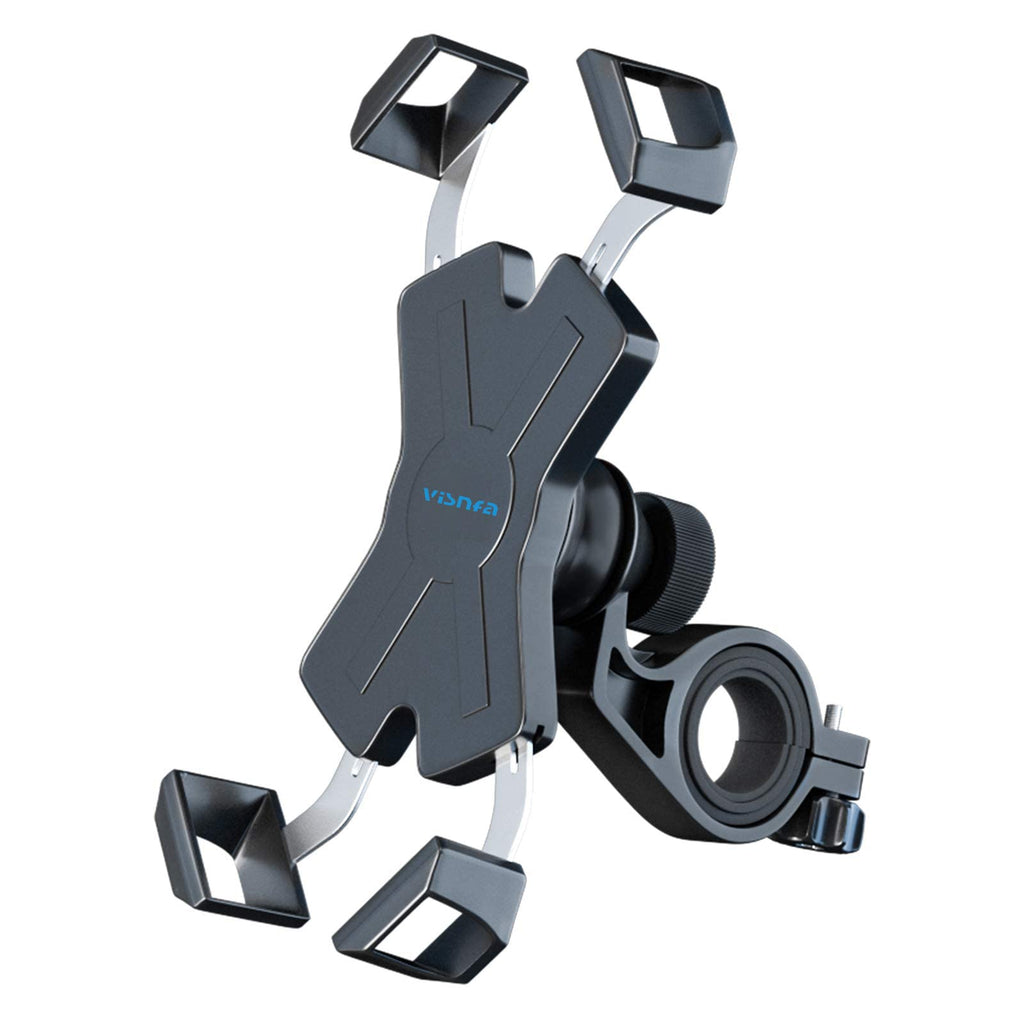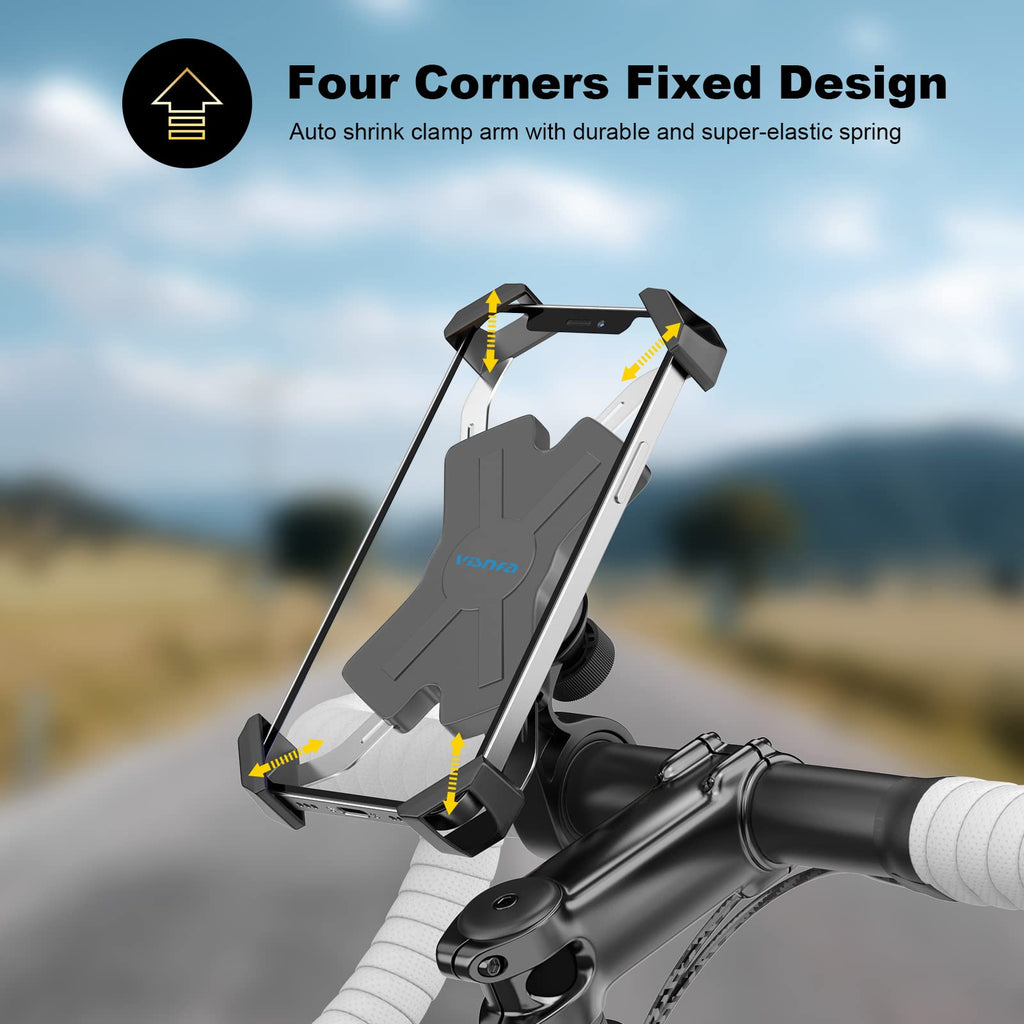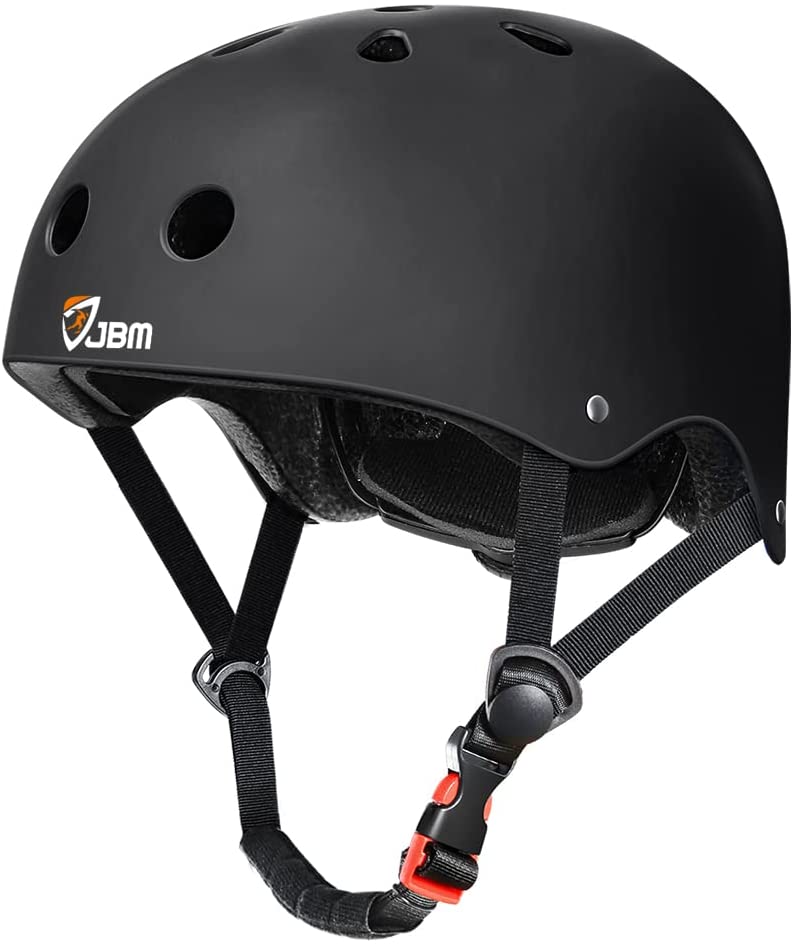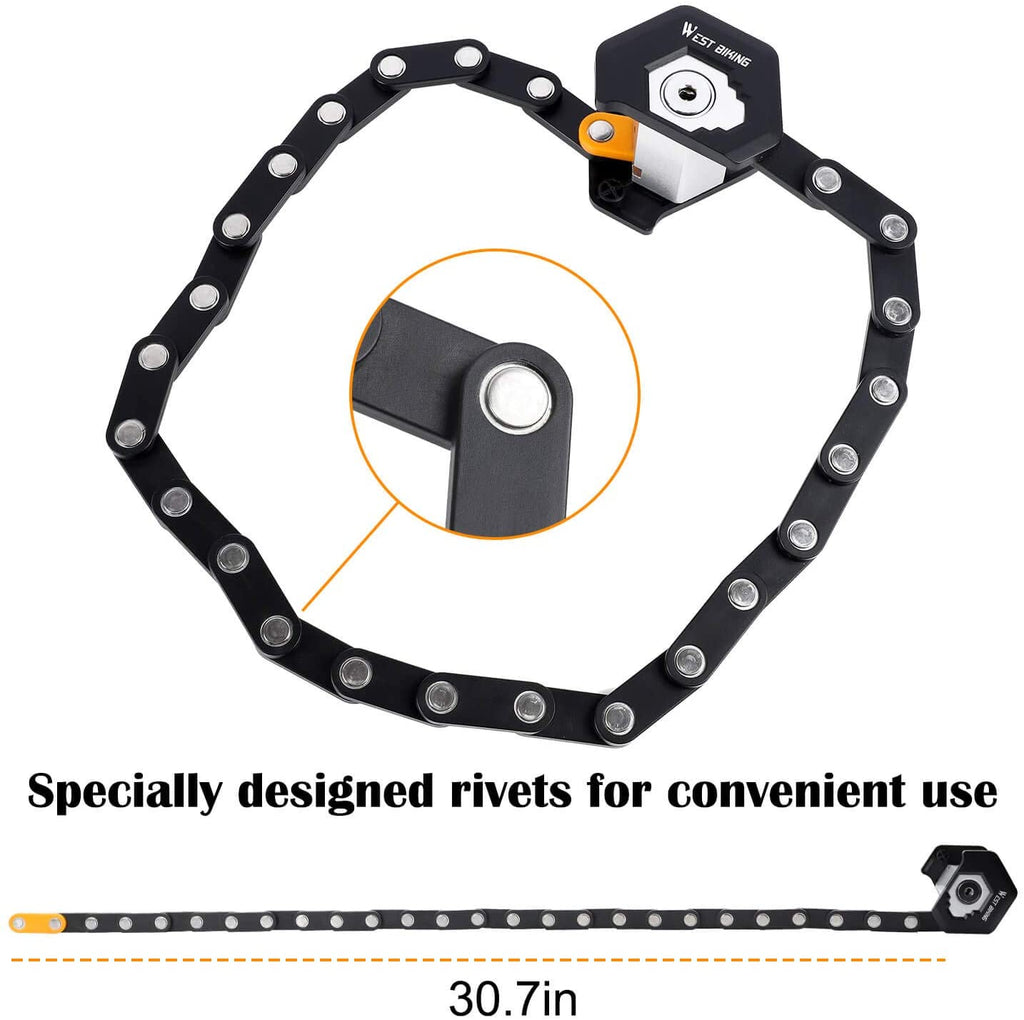Most Popular Ride Picks: Find a Perfect Fit
Let's get to know the ones that are most in demand. These are the 5 scooters our editors would buy today, the safest, smartest, and best-value rides at 25 mph and 30 mph.
Choose your scooter below and see why it stands out.
Best 25-mph Electric Scooters
Budget Commuter’s Dream
Explore Powerful Mercane Wide Wheel Pro Scooter
Best for: Stable, confidence-building daily rides.
Why: Extra-wide deck + dual suspension deliver a planted, car-like feel; braking inspires trust on busy streets.
Price range: $600–$800
The Portable and Lightweight One
Meet Compact ZERO 8 Electric Scooter
Best for: If you're someone who is buying an E-scooter for the first time. Especially in urban areas.
Why: Folds fast, carries easily, and keeps upkeep low, perfect for 3–5 mile city hops.
Price range: $600–$800
Best 30-mph Electric Scooters
Safety & Comfort Leader
Discover the Reliable ZERO 9 Electric Scooter
Best for: Riders who want 30 mph without sketchy handling.
Why: Pneumatic tires and dual suspension smooth out bumps; responsive brakes keep stopping distances short.
Price range: $850–$1,050
Long-Range All-Rounder
Make Durable Mantis 10 Lite E-Scooter a Companion Today!
Best for: Longer commutes and mixed terrain.
Why: Strong torque for hills plus forgiving suspension; real-world range outlasts many in its class.
Price range: $1,050–$1,250
Performance Upgrade
Experience a thrill-ride on High-Performance Mantis X Plus E-Scooter
Best for: Riders who want max stability at top speed.
Why: Tubeless tires reduce flat risk; hydraulic brakes provide confident, consistent stopping from 30 mph.
Price range: $1,200–$1,500
Comparison: 25 vs 30 mph Models
| Category | Best 25-mph Scooters | Best 30-mph Scooters | |||
|---|---|---|---|---|---|
| Mercane Wide Wheel Pro | ZERO 8 | ZERO 9 | Mantis 10 Lite | Mantis X Plus | |
| Range–Mileage | Adv: 22 mi Tested: 14–16 mi |
Adv: 25 mi Tested: 15–18 mi |
Adv: 25 mi Tested: 18–21 mi |
Adv: 33 mi Tested: 26–28 mi |
Adv: 34 mi Tested: 27–30 mi |
| Speed Class | Advertised 26 mph / Tested 25 mph | Advertised 25 mph / Tested 24 mph | Advertised 30 mph / Tested 29–30 mph | Advertised 30 mph / Tested: 30 mph | Advertised 30 mph / Tested: 30 mph |
| Weight | 54 lbs | 50 lbs | 55 lbs | 60 lbs | 62 lbs |
| Tires | Extra-wide air | Solid front/air rear | Pneumatic | Pneumatic | Tubeless pneumatic |
| Suspension | Dual spring | Dual spring | Dual spring | Front + rear spring | Dual spring |
| Brakes | Disc + electric | Drum + electric | Disc + electric | Dual disc | Hydraulic + electric |
| Who It's For | Stable budget commuter | First-time city rider | Safety-focused commuter | Long-range commuter | Performance enthusiast |
| Tested By | 180-lb rider | 190-lb rider | 185-lb rider | 200-lb rider | 195-lb rider |
Best 25-mph Electric Scooters for Adults
The best 25 miles per hour electric scooters are all about balance. For many riders, 25 mph is the sweet spot: practical for commuting, approachable for new scooter owners, and affordable compared to high-end dual-motor machines.
In simple words, 25-mph scooters are perfect for everyday style. They not only charge within a few hours but also fold quickly, providing portability at ease. Along with that, you can easily maintain it, especially if you're a first-time buyer.
The following options are the perfect mix of comfort, cost-effectiveness, and portability.
1. Zero 8 E-Scooter
The Lightweight and affordable 25-mph electric scooter
| Basic Features | Sturdy Design | Measurements |
|---|---|---|
| Motor: Dual 500W Hub motor | Tires: Solid Front / Pneumatic rear | Dimensions: 42 x 21 x 45 in |
| Battery: Lithium-ion 48V 13Ah | Suspension: Dual spring | Folded Dim: 42 x 8 x 15 in |
| Range: Advertised 25 mi / Tested 15–18 mi | Brakes: Disc + regenerative | Weight: 54 lbs |
| Top Speed: Advertised 25 mph / Tested 24 mph | Lights: Front + rear LED | Drive: Dual motor |
| Weight Limit: 265 lbs / 120 kg | Display: LCD with throttle | Battery Position: Under deck |
Explore the Most Portable 25 Mph Electric Scooter
The ZERO 8 is especially designed to offer portability. Not only this, but also with too much speed, it folds quickly and tucks easily into a trunk or corner office space.
It has dual spring suspension, which means you can ride on rough surfaces smoothly. Its front tires are solid enough to make your ride bearable. But not as smooth as full pneumatic setups.
In testing, it reached a 24 mph top speed with a 15–18 mile range under a 190-lb rider. It handles moderate inclines up to 8%, but slows on anything steeper.
Those who prefer convenience should choose this. It gives you affordability, foldability, and practicality at the same time.
ADVANTAGES
- ✔️ It is lightweight and foldable, making it easy to carry around.
- ✔️ The best affordable entry into the 25-mph class.
- ✔️ It only requires a low-maintenance design.
DISADVANTAGES
- ❌ You can experience a harsher ride over rough surfaces
- ❌ Its brakes are less responsive than disc systems
- ❌ On steep hills, its power can be limited.
2. Mercane Wide Wheel Pro: Known for being a Powerful and Stable 25-mph electric scooter
| Basic Features | Sturdy Design | Measurements |
|---|---|---|
| Motor: Dual 500W base / 800W peak | Tires: Extra-wide air-filled | Dimensions: 43 x 22 x 46 in |
| Battery: Lithium-ion 48V 15Ah | Suspension: Dual spring | Folded Dim: 43 x 9 x 16 in |
| Range: Advertised 22 mi / Tested 14–16 mi | Brakes: Disc + regenerative | Weight: 54 lbs |
| Top Speed: Advertised 26 mph / Tested 25 mph | Lights: Front + rear LED | Drive: Dual motor |
| Weight Limit: 265 lbs / 120 kg | Display: LCD with throttle | Battery Position: Under deck |
Discover the 600W Mercane Wide Wheel Pro Electric Scooter
It offers oversized tires and a wide deck that delivers maximum torque for city riding. The Wide Wheel Pro also provides dual hub motors. Moreover, for a smooth ride on rough surfaces, its suspension system comes into work.
Performance is a key highlight here. In real-world testing, it comfortably reached 25 mph, covering 22 miles with enough power to hold speed on 10% inclines. That makes it a capable choice for riders tackling hilly routes.
At 54 lbs, the Wide Wheel Pro is heavier than most 25-mph scooters, which means it’s not the easiest to carry upstairs or onto a train. But this weight is put to good use, giving the scooter a more solid and stable ride feel.
Those who often face city traffic and prefer stability, comfort, and handling.
Advantages:
- ✔️ Wide tires and suspension provide unmatched stability
- ✔️ Confident braking system with regen + disc
- ✔️ Strong power for hills and city speeds
Disadvantages:
- ❌ Heavier than most 25-mph scooters (54 lbs)
- ❌ Real-world range shorter than advertised
- ❌ Less portable for frequent carrying
Top 30 Mph Electric Scooters
Stepping into the 30-mph class means unlocking more power, stability, and range than lightweight commuters can provide. Most importantly, they are designed for beating hill climbs and rough roads. To enhance safety, it has an effective suspension and braking system.
If you cover longer commutes on a daily basis, then choose this e-scooter. It is a lightweight and smoother 30-mph scooter enough to give you convenience throughout the journey.
1. Sturdy 30-Mph Mantis 10 Lite: All-rounder 30-Mph scooter
| Basic Features | Sturdy Design | Measurements |
|---|---|---|
| Motor: Single 800W Hub Motor | Tires: Extra-wide air-filled | Dimensions: 48 x 24 x 49 in |
| Battery: Lithium-ion 48V 18.2Ah | Suspension: Dual spring arms | Folded Dim: 48 x 10 x 19 in |
| Range: Advertised 33 mi / Tested 26–28 mi | Brakes: Disc + regenerative | Weight: 60 lbs |
| Top Speed: Advertised 30 mph / Tested 29 mph | Lights: Front + rear LED | Drive: Rear Wheel |
| Weight Limit: 265 lbs / 120 kg | Display: LCD with throttle | Battery Position: Under deck |
Meet Portable Mantis 10 Lite Electric Scooter
At a glance, the Mantis 10 Lite doesn’t look much different from its Lite sibling, but one twist of the throttle tells the story.
The Mantis 10 Lite pushes a tested 29 mph top speed, but its real strength is endurance. Where other 30-mph scooters fade out, this one keeps rolling, thanks to its larger 48V 18.2Ah battery.
Braking is handled by dual mechanical discs, which are effective though not as sharp as hydraulic setups.
Acceleration is brisk, and hills up to 12% grade were no obstacle. Not only that, its hydraulic brakes deliver short, controlled stopping distances, especially when you're going at full speed.
At 62 lbs, the Mantis 10 Lite is heavy to lift, but stable once underway. The Minimotors display adds a premium touch, giving precise control over ride modes and braking strength.
Advantages:
- ✔️ Longest range in the 30-mph class
- ✔️ Smooth, forgiving suspension
- ✔️ Strong torque for hills
Disadvantages:
- ❌ Heavier at 60 lbs
- ❌ Folded size is less compact than smaller commuters
2. Mantis X Plus: 30 miles per hour electric scooter
The value/performance sweet spot is at 30 mph
| Basic Features | Sturdy Design | Measurements |
|---|---|---|
| Motor: Dual 1000W base / 2000W peak | Tires: 10" tubeless pneumatic | Dimensions: 49 x 24 x 50 in |
| Battery: Lithium-ion 60V 18.2Ah | Suspension: Dual spring arms | Folded Dim: 49 x 10 x 19 in |
| Range: Advertised 34 mi / Tested 27–30 mi | Brakes: Hydraulic + regenerative | Weight: 62 lbs |
| Top Speed: Advertised 30 mph / Tested 30 mph | Lights: Front + rear LED | Drive: Dual motor |
| Weight Limit: 265 lbs / 120 kg | Display: Minimotors LCD | Battery Position: Under deck |
Discover a ride on the Mantis X Plus E-Scooter
For riders who want the most performance you can get in the 30-mph class without jumping to 40+ mph beasts, the Mantis X Plus nails the balance between price, power, and practicality.
With dual motors, it accelerates quickly and maintains speed even on 12% grade hills.
Testing Results: When a test was conducted on it, the result was quite satisfactory. Along with delivering 30 mph, it also covered 27-30 miles of range. Hence, a perfect power partner during the journey.
Although the 62 lbs makes it a bit heavy, but worth it enough because of its high-end performance. One of the main reasons, its demand is increasing day by day.
Advantages:
- ✔️ It offers strong acceleration and hill-climbing power
- ✔️ For a reliable braking system, Hydraulic brakes are installed.
- ✔️ Tubeless tires reduce maintenance
Disadvantages:
- ❌ Heavy at 62 lbs
- ❌ Overkill for short flat commutes
3. Zero 9 E-Scooter: The best Dual Brakes Electric Scooter
The safe and comfortable 30-mph city scooter
| Basic Features | Sturdy Design | Measurements |
|---|---|---|
| Motor: 500W base / 1200W peak | Tires: Pneumatic (Front and rear) | Dimensions: 43 x 22 x 46 in |
| Battery: Lithium-ion 48V 13Ah | Suspension: Dual spring | Folded Dim: 43 x 9 x 15 in |
| Range: Advertised 25 mi / Tested 20–24 mi | Brakes: Front disc + rear drum | Weight: 55 lbs |
| Top Speed: Advertised 30 mph / Tested 29–30 mph | Lights: Front + rear LED | Drive: Rear Wheel |
| Weight Limit: 265 lbs / 120 kg | Display: LCD with throttle | Battery Position: Under deck |
Seeking For Daily Commute and Adventures in Leisure: Meet Zero 9 E-Scooter
The ZERO 9 is built for riders who want 30 mph without sketchy handling. Its pneumatic tires and front + rear suspension deliver a smooth, confidence-inspiring ride, even on rougher urban streets.
If we talk about its braking system, it is quite satisfactory as well. For strong stopping power, it has both disc and drum systems, a combination that is worth buying.
If you’re after a scooter that feels safe, stable, and comfortable while delivering the full 30 mph promise, the ZERO 9 is a strong everyday choice.
It handles moderate hills (8–10%) without losing too much speed, and feels more planted at higher speeds than lighter 25-mph models.
At 55 lbs, it isn’t feather-light, but it still folds down compactly enough to haul into an office or tuck beside a desk.
Advantages:
- ✔️ Smooth suspension and pneumatic tires
- ✔️ Reliable brakes for city traffic
Disadvantages:
- ❌ Slightly heavy for frequent carrying
- ❌ Range falls short if ridden aggressively
- ❌ Not as torquey as dual-motor models
25 mph vs 30 mph: Which Speed Class Is Right for You?
Choosing between a 25-mph electric scooter and a 30-mph electric scooter often comes down to how and where you ride.
Commute Distance & Speed Limits
For short city commutes under 5–7 miles, a 25-mph scooter is usually enough. Many urban bike lanes and shared paths have posted limits near 20 mph, so pushing faster isn’t always practical.
If your commute involves longer stretches of open road, or if you regularly ride 8–15 miles at a time, top 30-mph scooters offer a smoother pace and less strain on the motor.
Rider Weight, Terrain, and Hills
Rider weight and terrain play a major role in how each class performs.
At 180 lbs on flat ground, both speed classes feel similar.
But heavier riders (220–260 lbs) or those tackling 8–12% hills will notice the stronger torque of a 30-mph scooter.
A 25-mph scooter can handle moderate inclines, but it may lose speed on steeper grades or feel sluggish under heavier loads.
Battery Life vs Speed Trade-Offs
It’s important to remember that speed drains the battery faster.
A 25-mph scooter ridden closer to its top speed will see range cut by 20–30%.
A 30-mph scooter has more overhead, so cruising at 20–25 mph uses less of its capacity, often delivering more consistent range.
If your priority is maximizing daily mileage on a single charge, the 30 miles per hour scooter is usually the better fit.
Decision Matrix: Who Should Choose What?
| Rider Profile | Best Choice | Why |
|---|---|---|
| 3–6 mile city commuter, flat terrain, lighter rider | 25 mph Scooter | More affordable, lighter to carry, fits bike lane speeds |
| 8–15-mile suburban or mixed commute | 30 mph Scooter | Extra top speed keeps pace with traffic, longer real-world range |
| Rider weight 220+ lbs or hilly terrain | 30 mph | More torque and stability for climbs and heavier loads |
| Occasional rider, budget-conscious | 25 mph | Lower cost, simple maintenance, compact for storage |
| Daily rider seeking comfort + range consistency | 30 mph | Less strain at cruising speeds, better endurance |
Test a Real-World Range & Batteries
When shopping for an electric scooter, you’ll often see electric scooter range 30 miles, 25 miles, or even 40 miles advertised. But in real-world use, those numbers are rarely achievable. Why? Because manufacturers test under ideal conditions: a light rider (around 150 lbs), flat terrain, steady cruising speed, and eco mode.
Advertised vs Tested Range
In our own testing, we find the real-world scooter range tends to be 20–35% lower than the advertised figure.
A scooter marketed at 25 miles may realistically deliver 15–18 miles for the average rider in city traffic.
Hard acceleration, stop-and-go riding, and using higher speed modes all drain the battery faster.
Rider Weight & Wind Resistance
Two key factors that affect range are rider weight and wind resistance.
Heavier loads demand more energy from the motor, while riding into a headwind can feel like climbing a hill.
| Rider Weight | Realistic Range |
|---|---|
| 180 lbs (82 kg) | 18–20 miles |
| 220 lbs (100 kg) | 15–17 miles |
| 260 lbs (118 kg) | 12–14 miles |
As a rule of thumb, expect to lose 1–2 miles of range for every additional 20–25 lbs of rider + cargo weight.
Charging Time & Battery Care
Most 25–30 mph scooters recharge in 5–7 hours using a standard charger. Higher-capacity models, like the Mantis Lite, may take longer unless paired with a fast charger. To extend battery life, follow these proven care tips:
- Avoid full drains: Try not to run the battery to 0%, recharge at 20–30%.
- Use the right charger: Stick with the manufacturer’s charger to avoid overheating.
Understanding range in real-world terms helps set realistic expectations and avoids “range anxiety.”
Check the Hill Climb & Torque
One of the most overlooked specs when shopping for a scooter is torque, the pulling power that determines how well a scooter can take on hills with a 10% grade.
Grade, Motor Power & Controllers
A scooter’s hill-climb ability depends on three things: motor wattage, controller amperage, and gearing.
A 600W scooter hills can handle light inclines, but heavier riders or steeper hills require dual motors or higher-amp controllers to deliver extra punch.
Our testing shows that even a small bump in a 500W vs a 600W electric scooter can mean the difference between stalling at a 12% grade and cresting it at a steady 12 mph.
Torque vs Top Speed
It’s important to note: a higher advertised top speed doesn’t always mean better climbing.
Many portable 30 mph scooters are tuned for acceleration, not just flat-out velocity. For city riders in hilly areas, torque matters more than maximum speed, because you’ll rarely see a scooter range at 220 lbs on an uphill stretch.
How We Test Hills
We run a standardized hill-climb test: a 185-lb rider on a 10% grade, throttle-only, recording average speed to the top. Heavy rider scooter ranges that maintain 12+ mph are considered strong climbers. Heavier riders should expect a drop in speed, making dual motors or higher wattage essential.
Ride Comfort: Tires & Suspension
Comfort on a scooter comes down to two key factors: what you’re rolling on and how the shocks absorb it. Tires and suspension together determine whether you glide over rough asphalt or feel every crack in the road.
Pneumatic vs Solid Tires Scooter
Pneumatic (air-filled): Best grip and shock absorption, especially in wet weather. Downsides: risk of flats and regular maintenance.
Solid or honeycomb: Zero risk of punctures, low maintenance. Downsides: harsher ride, less traction on wet surfaces.
Tubeless pneumatic: A newer middle ground. Less prone to pinch flats, easier to repair, and still delivers comfort.
Suspension Types
None: Budget scooters rely on tire cushioning only, leading to a harsher ride.
Spring suspension: Common in 25-mph e-scooters models; effective for bumps but less adjustable.
Hydraulic or adjustable coil shocks: Found on premium models like 30-mph e-scooters; provide superior comfort and control, especially off-road.
Why It Matters
For daily commuters on smooth pavement, pneumatic tires and spring suspension are usually enough. For longer or mixed-terrain rides, look for hydraulic or dual-arm setups that reduce fatigue and keep the scooter stable.
Braking & Safety: Which Features aren’t Optional
At 25–30 mph, stopping power is as important as acceleration. A front and rear brake scooter isn’t just about speed; it’s about how quickly and reliably you can bring that speed under control.
Brake Types
Mechanical (drum/disc): Affordable and reliable, though less powerful than hydraulic.
Hydraulic disc brakes: Provide the shortest stopping distances with strong, consistent bite.
Regenerative braking: Uses the motor to slow you down and recharge the battery slightly. Best as a supplement, not a primary brake.
Stopping Distances
In our braking tests, we measure from 15 mph to a full stop on dry pavement with a 185-lb rider. Mechanical brakes average 20–25 feet, while hydraulic systems can cut that to 15 feet or less. Wet conditions add 25–30% to stopping distances, making tire grip and rider skill equally important.
Lights & Visibility
Good brakes mean little if others can’t see you. Look for scooters with bright front LEDs, rear brake lights, and turn signals where possible. Riders who commute at night should strongly consider adding an aftermarket headlight for improved visibility.
Scooter Safety Tips:
- Always test brakes before each ride
- Use both brakes together for balanced stops
- Add reflective tape or gear for night rides
- Slow down on wet or gravel roads
- Wear a helmet rated for 25–30 mph impacts
Are Electric Scooters Legal in the USA: Laws & Where You Can Ride
E-scooter laws vary widely depending on where you live, and knowing the rules is essential before hitting 25–30 mph on city streets. In many U.S. states, scooters are treated like e-bikes, but with added restrictions on speed and road use.
Typical Speed Caps & Rules
Most states cap shared-path scooters at 20 mph, though privately owned models capable of 25–30 mph are often permitted on local streets, like in Florida.
Helmets & Age Requirements
Helmet use is mandatory for riders under 18 in nearly every state, and strongly recommended for all. Minimum riding age typically ranges from 14–16 years, though enforcement differs by city.
Bike-Lane & Road Access
In general, 25–30 mph scooters can be used in bike lanes where local law permits, like in New York and Seattle, but not on sidewalks. Rural or suburban riders in Pennsylvania and Delaware may find fewer restrictions, while dense urban centers often enforce stricter controls.
Because laws are still evolving, always check your city’s latest ordinance before commuting.
Alternatives & Competitors: Which Model to Choose?
While 25–30 mph scooters are the sweet spot for most riders, there are situations where another style of scooter may make more sense.
Single vs Dual Motor
Single-motor options like the Zero 8 keep things light, portable, and affordable — a perfect fit for city commuters with short, flat routes.
Dual-motor options like the Mantis X Plus trade a bit of portability for hill-climbing strength, higher acceleration, and more stability at 30 mph.
Budget Alternatives
If you’re riding mostly flat urban streets and want to stay under $700, the Wide Wheel Pro offers a strong blend of stability and comfort without the premium price tag.
Premium Alternatives
Riders looking for longer range, hydraulic brakes, or higher weight capacity will find mid-tier models like the Mantis 10 Lite deliver more performance without jumping into the heavyweight “super scooter” category.
Why Does It Matter:
If your commute is short and simple, a budget-friendly 25-mph scooter is all you need. If you’re tackling hills, carrying more weight, or just want a smoother ride, dual-motor 30-mph scooters are the smarter choice. Either way, you stay in the sweet spot of price, performance, and safety.
Pre-Purchase Scooter Checklist: Buying List
- Fit: Handlebar height and deck size suit your stance
- Weight: Can you lift or roll it when folded?
- Folding: Simple, sturdy latch mechanism
- Battery: Enough real-world range for your round trip
- Brakes: Mechanical or hydraulic, with regen as a bonus
- Tires: Pneumatic for comfort, solid for zero-maintenance
- Warranty & Service: U.S. support and spare parts availability
What is the Procedure of Testing: Check Methodology
This is not just saying, but the results of proper testing. Each scooter had gone through a method of testing and conditions. Our step of courses includes various tests like behavior on flat and rough roads, braking system, and light coverage, etc. We always start with a 185-lb rider.
We Look for the Measurement of:
- Both the top speed and range of advertised and tested. Then we compare them with each other.
- Its speed behavior on climbing a hill with a 10% grade.
- The braking power of distance from 15 mph to 0 mph.
The tools we use are:
- GPS speed trackers
- Watt meters
- Distance Logs
After gathering the data from these tools, we calculate an average and compare it with other factors like ride convenience and portability.
It is important for customers to know the basic procedure standard in order to understand the specifications and real-life performance.
Conclusion: Is a 25 Mph or a 30 Mph E-scooter the Right Fit For You?
E-scooters are offering various versions for each consumer type. You name it, you have it. For example, if you're someone whose commute distance is short and on flat roads, then a 25 mph scooter is perfect for you. It is the best combination of both affordability and portability.
On the other hand, if you're someone who often commutes on hill climbs and rough roads, then a 30 mph scooter is the right partner for you.
While making a decision, it is important to first analyse your needs and requirements, then go to buy the scooter. This method will allow you to make smarter investments. In conclusion, it is not about the number of specifications but about what fits your lifestyle.
So, what are you waiting for? Go to our store and explore the collection of 25-mph electric scooters and 30-mph electric scooters. This is the perfect time to start your smart journey.
Frequently Asked Questions
Is 25 mph fast enough for commuting?
Yes. It is fast enough for 5-7 miles, especially in city areas.
How far can I ride at 25 vs 30 mph?
Both have different capacities for covering miles at speed. For a 25-mph scooter, you can fast ride at an average of 14-18 miles, and for a 30-mph you can reach 20-28 miles. It is because the 30-mph model offers larger batteries.
Can heavier riders reach the advertised speed/range?
Not always. It also depends on the amount of weight you are loading. A weight over 220 lbs often reduces acceleration.
Is 30 mph safe for city streets?
It can be, because of its strong braking and suspension system. Moreover, if you wear a helmet and obey the road laws, then you can maximise safety.
What brakes/tires are best for wet roads?
For wet roads, you need the best grip and a controlled scooter. Means those having hydraulic disc brakes paired with pneumatic (air-filled) tires. Do not go for fully solid tires for this purpose.
